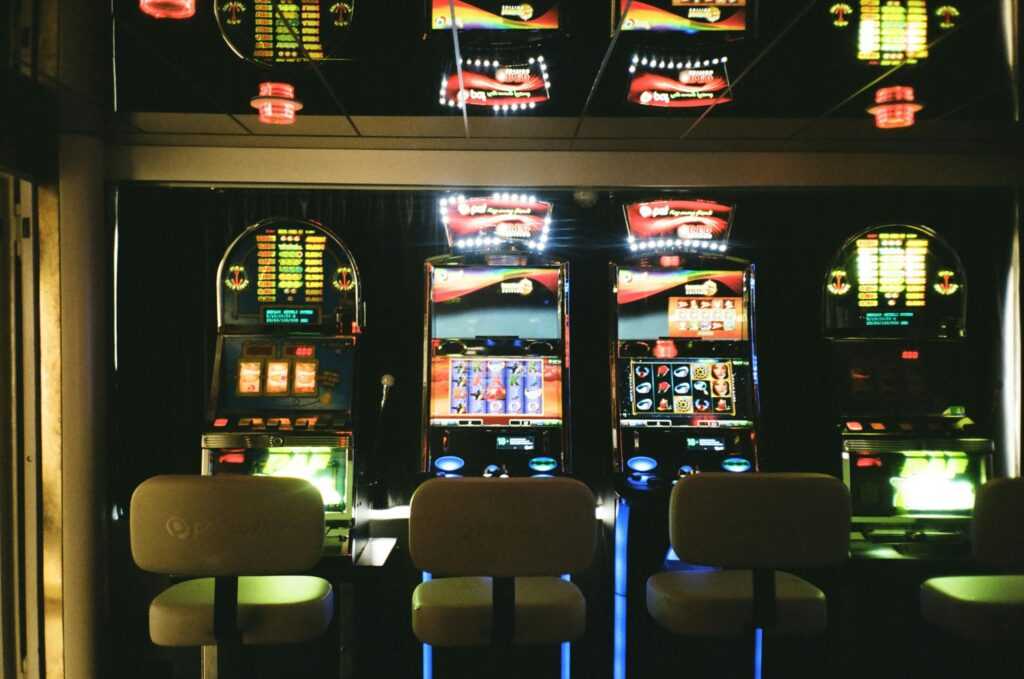N2 Tattoo
Nitrogen Branding Tattoo
Nitrogen is a crucial element that forms the basis of various essential compounds, playing a vital role in different industries. The nitrogen branding tattoo represents the significance of nitrogen and its impact on our daily lives. Let’s delve deeper into the world of nitrogen and understand the symbolism behind this unique tattoo.
The Significance of Nitrogen
Nitrogen, with the chemical symbol N2, is a colorless, odorless gas that makes up approximately 78% of the Earth’s atmosphere. It is a fundamental element for all living organisms, playing a key role in various biological processes. The nitrogen branding tattoo serves as a reminder of the importance of this element in sustaining life on our planet.
Understanding the Nitrogen Cycle
The nitrogen cycle is a complex process involving the movement of nitrogen through various ecosystems. It consists of several key stages, including nitrogen fixation, nitrification, assimilation, ammonification, and denitrification. The nitrogen branding tattoo encapsulates the interconnected nature of this cycle, highlighting the balance required to maintain a healthy ecosystem.
Nitrogen in Agriculture
In agriculture, nitrogen is an essential nutrient for plant growth and development. Farmers often use nitrogenbased fertilizers to enhance crop yield and productivity. However, improper nitrogen utilization can lead to environmental issues such as water pollution and soil degradation. The nitrogen branding tattoo underscores the importance of responsible nitrogen management in agriculture.
Nitrogen in Industry
Nitrogen is widely utilized in various industries, including food packaging, pharmaceuticals, and semiconductor manufacturing. Its inert properties make it ideal for purging and blanketing applications, preventing oxidation and enhancing product quality. The nitrogen branding tattoo showcases the versatility of this element in meeting diverse industrial needs.
Environmental Impact of Nitrogen
While nitrogen is crucial for sustaining life, excessive nitrogen pollution can have detrimental effects on the environment. Nitrogen runoff from agricultural activities can lead to eutrophication in water bodies, causing algal blooms and ecosystem disruptions. The nitrogen branding tattoo symbolizes the delicate balance between harnessing the benefits of nitrogen and mitigating its environmental impact.
Symbolism of the Nitrogen Branding Tattoo
The nitrogen branding tattoo represents more than just a chemical element – it embodies resilience, adaptability, and interconnectedness. By wearing this tattoo, individuals signify their awareness of the role nitrogen plays in our world and their commitment to preserving its balance. It serves as a symbol of unity with nature and the environment, promoting sustainable practices for a better future.
In conclusion, the nitrogen branding tattoo is not just a design inked on skin – it is a statement of reverence for an element that sustains life and drives innovation. Its symbolic representation of the nitrogen cycle, agricultural significance, industrial applications, and environmental impact encapsulates the multifaceted nature of nitrogen. So, wear your nitrogen branding tattoo proudly and let it be a constant reminder of our interconnectedness with the world around us.


 Priscilla Carron - Founder Priscilla Carron, based in Lenora, Kansas, is the visionary behind Jackpot Journey Spot. With a deep passion for responsible gaming and a wealth of industry experience, Priscilla founded the site to provide top-notch gambling insights, game overviews, and the latest industry trends. Her dedication to promoting healthy gaming practices has made Jackpot Journey Spot a trusted resource for gambling enthusiasts and industry professionals alike.
Priscilla Carron - Founder Priscilla Carron, based in Lenora, Kansas, is the visionary behind Jackpot Journey Spot. With a deep passion for responsible gaming and a wealth of industry experience, Priscilla founded the site to provide top-notch gambling insights, game overviews, and the latest industry trends. Her dedication to promoting healthy gaming practices has made Jackpot Journey Spot a trusted resource for gambling enthusiasts and industry professionals alike.
